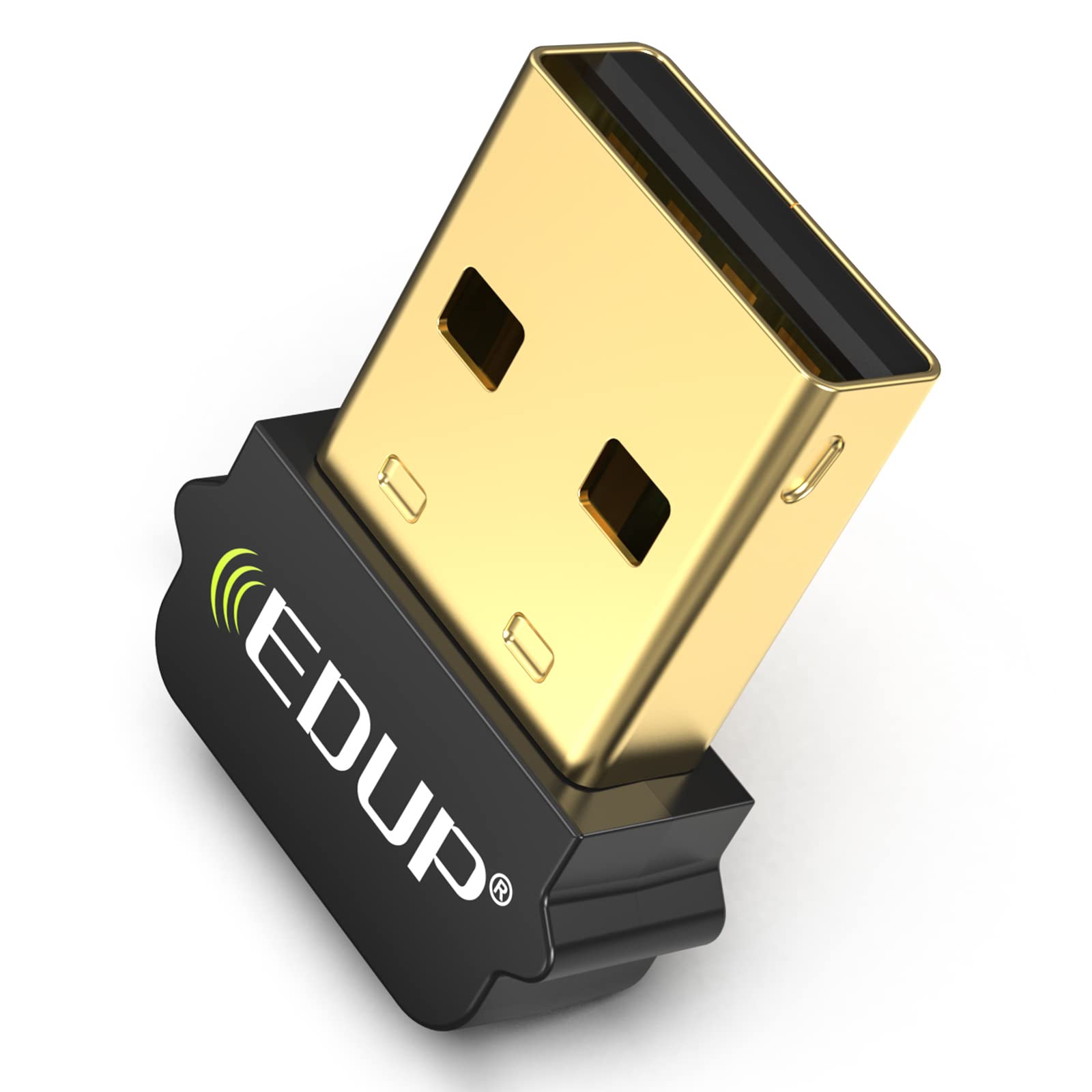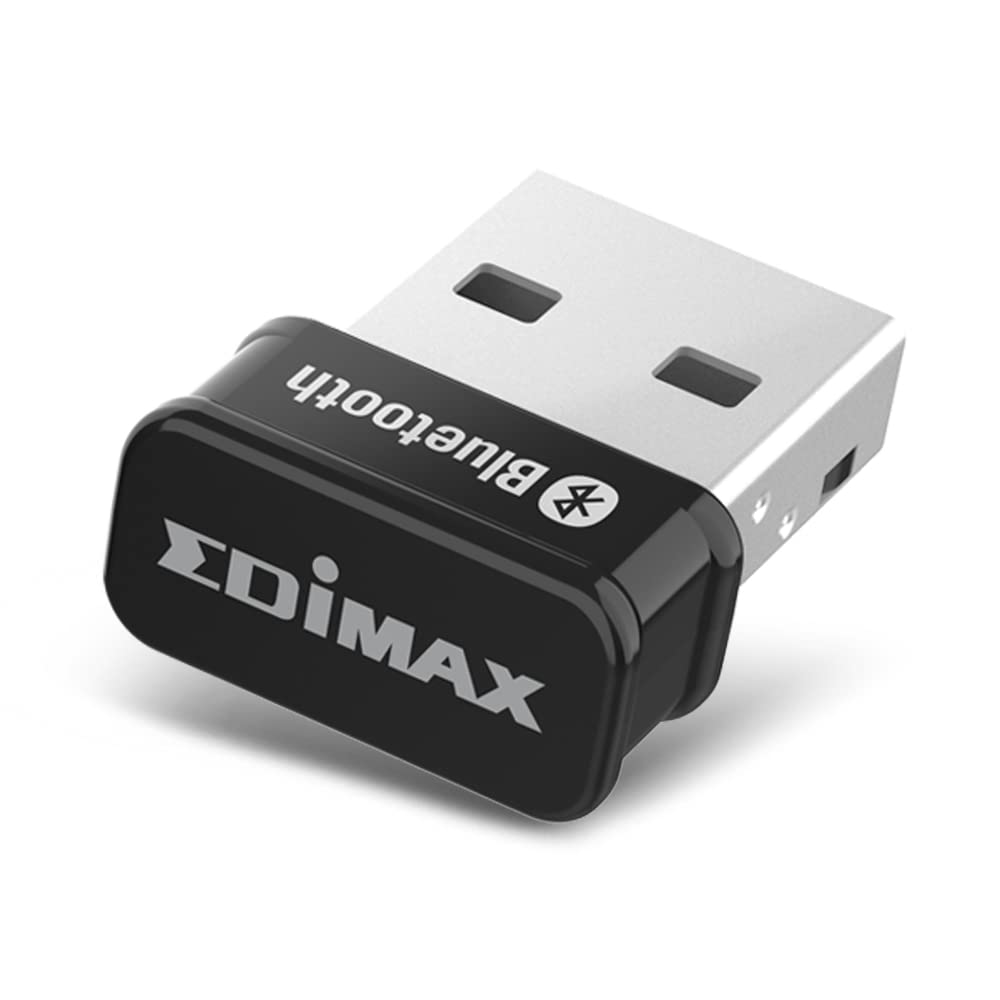Fix Bluetooth on iMac with These 8 Tips
Bluetooth connectivity issues on iMac can be frustrating and hinder productivity. Fortunately, there are eight simple tips that can help you fix the problem and get back to using your device seamlessly.
Troubleshooting Tips for Bluetooth Issues on Mac
Troubleshooting Bluetooth issues on your Mac can be frustrating, but these 8 tips can help you fix the problem quickly. If your Bluetooth device isn’t connecting, try toggling Bluetooth on and off in the menu bar or turning your device off and on again. Resetting the Bluetooth module can also help. If you’re having trouble with a specific device, try resetting it or removing it from your list of devices and pairing it again. Some users have found success with a factory reset. Additionally, make sure your device is within range and that there are no other wireless technologies interfering. If all else fails, consider downloading a Bluetooth troubleshooting tool or contacting Apple support for further assistance.
Resetting the Bluetooth Module on Mac
Resetting the Bluetooth module on your Mac can fix Bluetooth connection issues. To do this, first, turn off Bluetooth by clicking on the Bluetooth icon in the menu bar and selecting “Turn Bluetooth Off.” Then, open the Terminal app and enter the following command: sudo pkill bluetoothd. This will stop the Bluetooth service. Next, turn Bluetooth back on and try connecting your Bluetooth devices again. If this doesn’t work, try resetting the Bluetooth module to its factory settings. To do this, go to System Preferences > Bluetooth, select the device you want to reset, click on the “X” next to it, and confirm the deletion. Then, turn Bluetooth off and back on and try connecting your devices again. These two methods are the best ways to fix Bluetooth issues on your Mac.
Removing USB Devices to Fix Bluetooth Problems
To fix Bluetooth problems on your iMac, try removing any connected USB devices. Disconnect all USB devices from your iMac, except for your keyboard and mouse. This will help your Bluetooth function properly and reduce any errors that may be occurring. After removing the USB devices, turn on Bluetooth and check if your Bluetooth devices are available. If not, try resetting your Bluetooth connection by clicking on the Bluetooth icon and selecting “Turn Bluetooth Off” and then “Turn Bluetooth On.” You can also try switching your Bluetooth devices on and off or performing a factory reset on your Bluetooth headphones or keyboard. These are some of the best ways to troubleshoot Bluetooth problems on your iMac.
import os
def fix_imac_no_bluetooth():
# Check if Bluetooth is enabled
if os.system("defaults read /Library/Preferences/com.apple.Bluetooth ControllerPowerState") == 1:
# Turn on Bluetooth
os.system("sudo defaults write /Library/Preferences/com.apple.Bluetooth ControllerPowerState -int 1")
print("Bluetooth has been turned on.")
else:
print("Bluetooth is already enabled.")
fix_imac_no_bluetooth()
This code checks if Bluetooth is enabled on the iMac by reading a preference file. If it’s not enabled, it turns it on using the `defaults` command. This is just a rough sample code that could help fix the issue. In reality, there could be many different reasons why Bluetooth is not working on an iMac, and the solution could be more complex.
Deleting .plist Files to Solve Bluetooth Issues
To fix Bluetooth issues on your iMac, try deleting the .plist files. First, turn off Bluetooth on your iMac. Then, go to the Finder and press Command+Shift+G. Type in ~/Library/Preferences/ and hit enter. Look for files named com.apple.Bluetooth.plist and com.apple.Bluetooth.plist.lockfile, and delete them. Restart your iMac and turn Bluetooth back on. This should fix any Bluetooth errors you were experiencing. If this doesn’t work, try some of the other Bluetooth troubleshooting tips available. Remember to check that your Bluetooth device is in range, toggles are on, and that wireless technologies are enabled. Whether you’re using headphones, a headset, or an Apple keyboard and mouse, these fixes should help.
Alternative Connection Methods for Mac Bluetooth
- Use a USB Bluetooth adapter for a more stable connection
- Try resetting both the Mac and Bluetooth device

- Use the built-in Ethernet port to connect to the internet and download updated Bluetooth drivers
- Use AirDrop to transfer files between devices without Bluetooth
- Connect via Wi-Fi Direct for faster transfer speeds
- Use a wired keyboard and mouse instead of Bluetooth versions

- Try using a different Bluetooth device to see if the issue is with the Mac or the original device
- Disable any interfering software or firewalls on the Mac
Connecting Bluetooth Devices to Mac
Connecting Bluetooth devices to Mac is easy with these 8 tips:
1. Turn on the Bluetooth device and make it discoverable.
2. Go to System Preferences > Bluetooth.
3. Click “Turn Bluetooth On” if it’s not already on.
4. Select the device you want to connect to and click “Pair”.
5. Follow any prompts that appear on your screen.
6. If the device still won’t connect, try resetting the device and your Mac’s Bluetooth settings.
7. Make sure your device is compatible with your Mac’s version of macOS.
8. If all else fails, try updating your macOS or resetting your Mac’s SMC and PRAM.
Remember to troubleshoot Bluetooth issues in a logical way, checking for the basics first and working your way through possible fixes. With these tips, you’ll be able to connect your Bluetooth headphones, speakers, keyboard, and other gadgets in no time.
Restarting Mac and Bluetooth to Fix Connectivity Issues
If you’re experiencing connectivity issues with your Bluetooth on your iMac, restarting both your Mac and Bluetooth could do the trick. First, make sure your Bluetooth is turned on by clicking on the Bluetooth icon in the menu bar. If it’s already on, turn it off and on again. If that doesn’t work, try restarting your Mac. To do this, go to the Apple menu, click on “Restart,” and wait for your Mac to reboot. Once it’s back up, toggle your Bluetooth on and off again. If you’re still experiencing issues, consider some of the other Bluetooth troubleshooting tips in this article.


